
 BACK
BACK
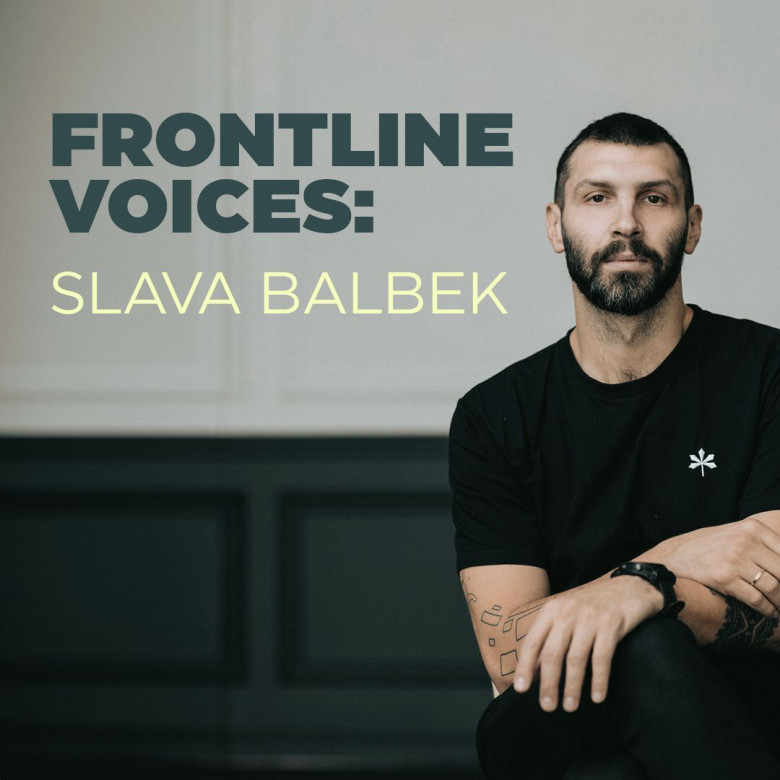
The conflict in Ukraine has not only transformed the planet's geopolitical landscape but also revealed a new dimension in the spirit of its people. It has brought about a profound transformation, affecting every soul with its indiscriminate shadow. Slava Balbek, a renowned name in Ukrainian architecture and design, has answered the call to defend, preserve, and rebuild his country. Now, he is synonymous with valor and resilience.
1. You are currently volunteering in aerial surveillance, artillery fire adjustment, and Unmanned Aerial Vehicle (UAV) strikes team. As far as we know, volunteer service of this format allows you to be a civilian and, to the extent of your abilities, help perform tasks for the Armed Forces of Ukraine. Please tell us how you adapt after switching environments from civilian to military and vice versa. How do you combine these two roles within yourself?
It is worth mentioning that I applied for mobilization in January and will soon be signing a contract, which will make my involvement with the military official. Before this, I was volunteering, a common practice when you don't have a social benefits package or salary. However, I wanted to help and had friends in the military who were happy to involve me in tasks, so I supported them as much as possible. When it comes to aerial surveillance, we don't engage in any prohibited activities except when we are in a combat zone.
How do we manage our monthly rotations? Is there a way to adapt to this schedule? We usually stay in one place for two to three weeks before moving on. This helps us avoid feeling overwhelmed and quickly adjust to new surroundings. However, this lifestyle can cause changes in a person's behavior due to the constant immersion in this process. Despite this, it is a rewarding path that enables us to be helpful in civilian life. We manage a studio and participate in various social projects and initiatives. During our free time, we also involve ourselves in military matters.
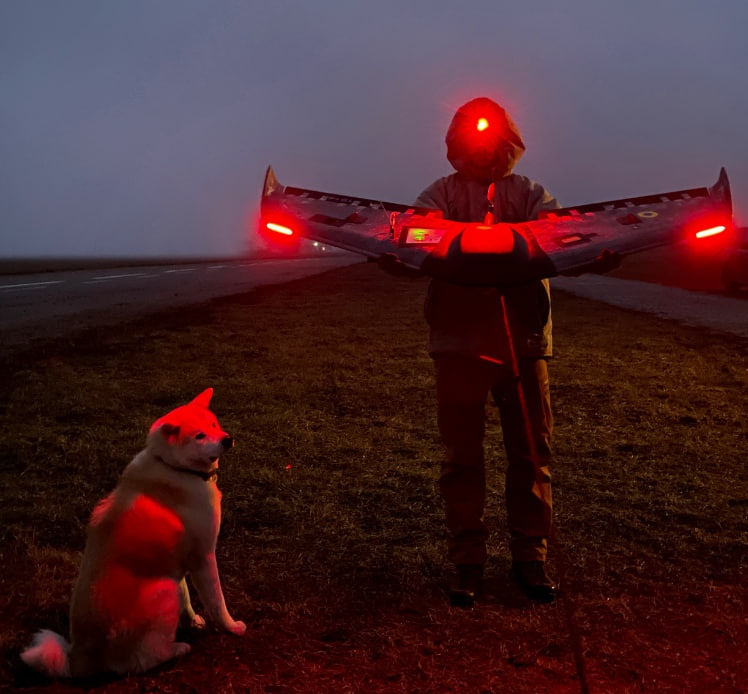
2. How did your preparation for operating UAVs go? How have your activity and tasks at the front changed during the two years of full-scale war?
Before the onset of the full-scale war, I had previous experience flying a DJI Mavic drone because, as architects, we used it to survey objects and assess property damage. However, after the invasion, I began operating Mavic drones directly and eventually learned how to operate fixed-wing and First Person View (FPV) drones. I took various drone, FPV, and UAV courses to gain knowledge and skills, which is why we started our work.
The tasks assigned to our operators vary depending on the situation at hand. Our operator activity is divided into several categories. In December 2022, we focused on fixed-wing drones as our primary direction of interest. The manufacturing of UAVs in Ukraine, explicitly fixed-wing drones, is highly advanced, with at least 20 different production companies. This presents an excellent opportunity to learn and improve in this field.
2024 will be a boom year for First-Person-View fixed-wing small unmanned aircraft. Last year was the year of FPV drones, which achieved substantial results. They can fly up to 20 km, while FPV planes can fly for 45 to 60 minutes.
3. Like every Ukrainian, your life has drastically changed after February 24th, 2022. Many new projects, such as RE: Ukraine, have enriched your professional activity. Please tell us more about this project and how it helps Ukrainians.
Our studio is dedicated to creating architectural solutions for the specific challenges of war. We prioritize the safety of individuals and then consider what tools we can provide to society as a whole. One of our projects is an application that helps users generate and visualize restored houses destroyed during the war. Additionally, we have developed a system of initiatives that support and reinforce each other, with each project being independent. For example, we have created a website that allows users to make a small Ukrainian house in just 13 steps in under 5 minutes. We are launching these initiatives region by region, as each area has unique characteristics. By highlighting the importance of restoring buildings according to these principles, we aim to draw people's attention to the uniqueness and richness of Ukrainian culture. In light of current circumstances, many people may recognize the value of a quiet life in the future. Our tools may be helpful to those who wish to move from big, noisy cities to cozy, tranquil villages.
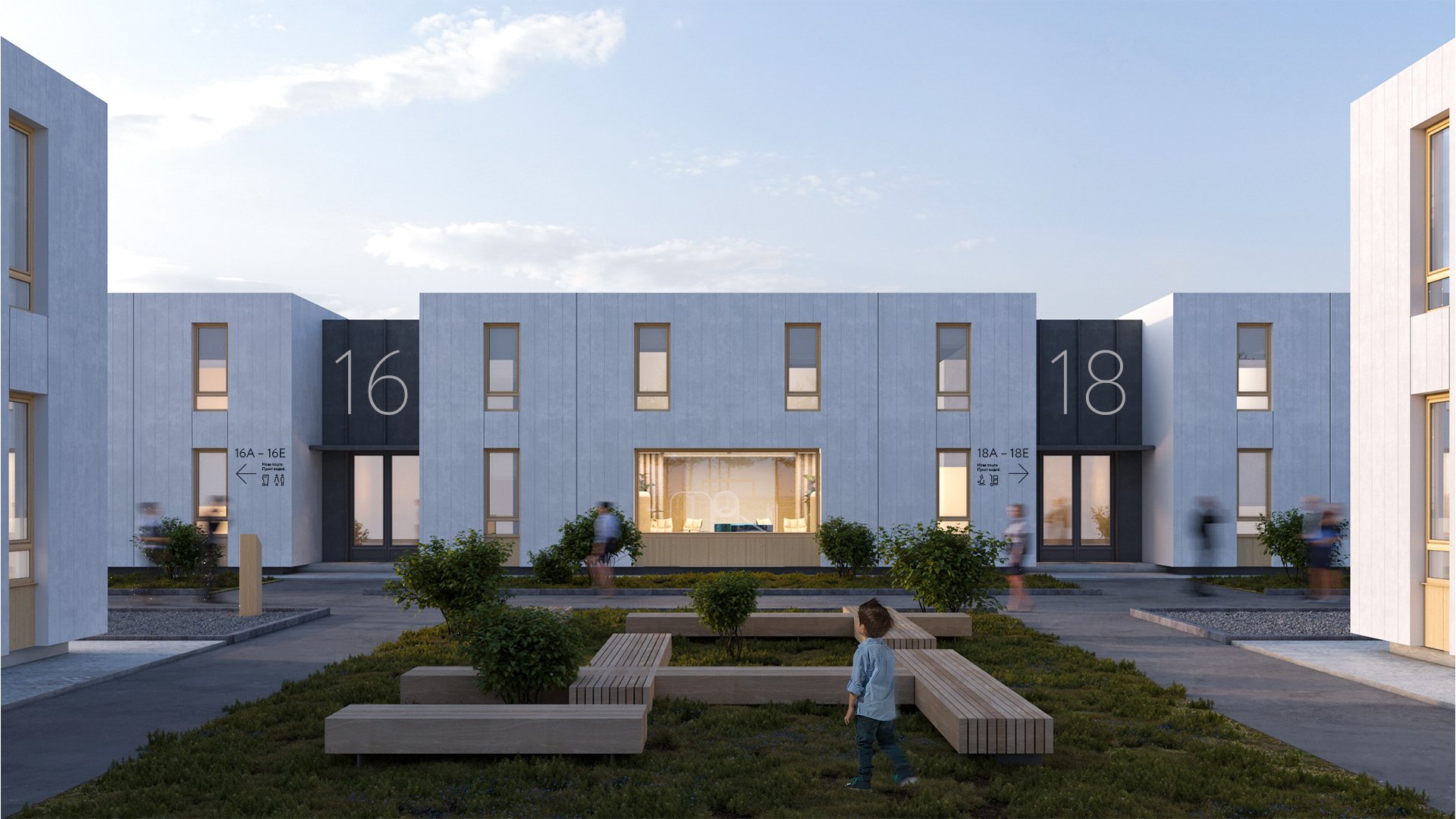
4. The concept of home is profound and has significant meaning, especially for those forced to leave their homes due to the war. How do you use this psychological aspect in RE: Ukraine?
We focus on the psychological aspect of healing architecture. The space around you can influence your psycho-emotional state. If the environment is designed to calm you down, provide comfort, and encourage communication with others, it can positively impact your well-being. On the other hand, a poorly designed space can make you feel oppressed and hinder your development. Therefore, architecture is a tool that can influence people's state of mind. However, certain norms and rules limit our ability to provide more comfort to people. People need more than just the minimum standard of living and comfort. Especially for those in need of recovery, non-standard approaches are required. We have been promoting these values for two years.
5. The destruction of cultural heritage objects is a painful consequence of the war. In your opinion, what role can architecture play in preserving and enhancing the sense of cultural identity during the war?
Architecture cannot exist without society. It plays a massive role in shaping the way we live. However, it must be used and implemented with the help of politicians, local administrations, funds, and society's desire. All these elements must be combined to create effective architectural solutions that are both aesthetically pleasing and practical. This is an opportunity to learn from past mistakes and start from scratch to improve something.
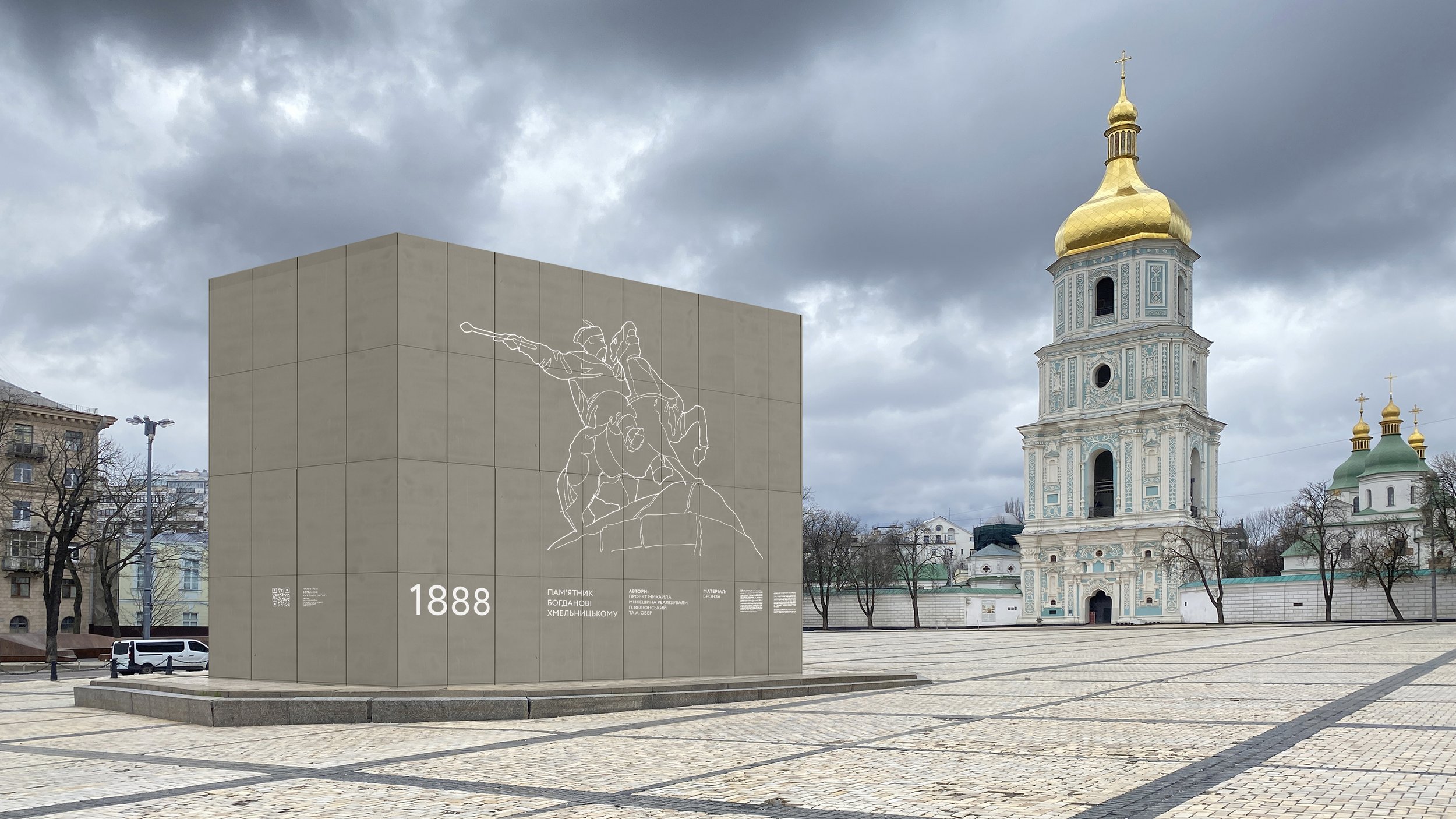
6. How do you view architecture development after our victory, especially in regions where cultural heritage was heavily damaged or destroyed?
I am skeptical about the general reconstruction strategy because our research shows that people typically will not immediately respond to assistance and will attempt to repair the damage themselves. They may patch the roof and repaint the ceiling the same color as before. If we can develop a local rebuilding strategy and a plan of action for complete or partial destruction, and if the Ukrainian society has the time and resources needed for such a plan, we could succeed. However, the main challenge is that while the Ukrainian architectural community has experience, they often need more resources to carry out large-scale projects. Only a few have the resources; volunteer activity is vital. Waiting for appreciation or recognition is not an option. People are already rebuilding on their own without waiting for global solutions. I witnessed this as people began rebuilding their fallen fences and patching roofs as soon as Russian troops left the de-occupied areas. Aesthetics is not their primary concern.
7. How do you manage to combine your professional activity related to design with volunteering and military activity?
In both of my activities, many organizational processes and management are involved. I am responsible for coordinating and managing a certain number of people in my unit. Additionally, I am involved in an architectural practice and oversee its management. For me, coordinating a group of people to achieve a particular result is a familiar process.
When we started, there were only two people on our team. But now, we have a well-defined system that involves planning, preparation, training, implementation, and analysis in a repeating cycle. We now spend much time and effort preparing for our work. Earlier, we used to pack our things and go to the front, then return and forget about it, which used to take a week per month. However, now we spend two weeks preparing, a week working, and another week recovering, organizing, and analyzing our work.
8. What is your central insight after two years of full-scale war?
We must objectively assess our strengths and remember that this war will be long. As we approach it as a daily task, we must resist the urge to react impulsively. Instead, we should plan our actions and allocate our resources effectively and daily for as long as it takes to achieve our goals. Rushing into battle without a proper strategy would be senseless, as we would quickly become exhausted and unable to contribute to the team's efforts.
9. Please tell us how you cope with psychological pressure and stress during the war.
To begin with, I consider myself fortunate because I have surrounded myself with people who make me feel comfortable both in my civilian life and in the military. This has helped me avoid excessive stress. As an aerial reconnaissance operator, my job is less dangerous and less stressful than others as I work from a distance. Although there is always some level of risk involved, it is incomparable to the dangers faced by those in assault troops or holding positions. While everyone has their stress levels, our stress levels as aerial reconnaissance operators are significantly lower than other military personnel.
Moreover, a great team provides support that mitigates stress, whether at work, in the trenches, or the dugouts.
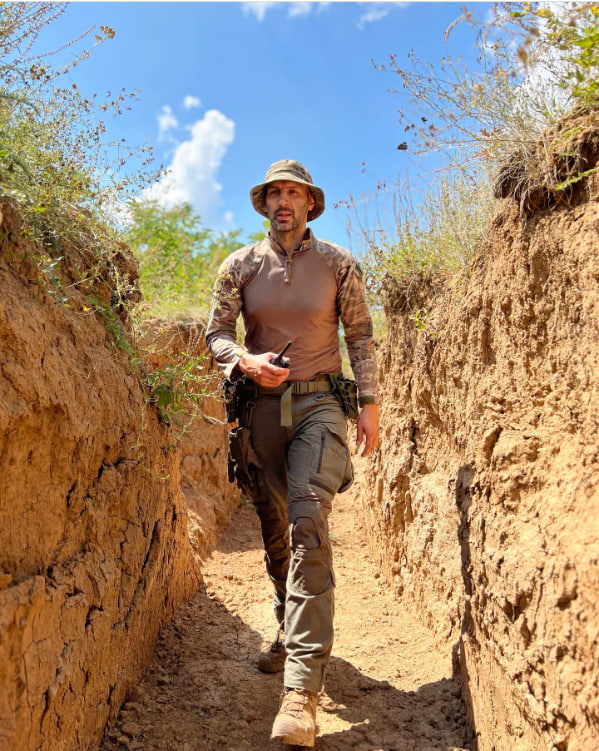
10. Can you share a story from your work as a drone operator that deeply impressed you?
It would have to be the story of our first rotation. After completing our training, we were eager to be of service, so we asked our friends for assistance. Unfortunately, we had no resources or funds, and the manufacturer lent us our first drone on credit. We requested a broken or training model and promised to pay for it if lost. They agreed to lend it to us, but we were responsible. We were the first civilians to receive training and the first to be lent a drone. We spent ten days attempting to fly it, but we needed to be more experienced and struggled to get it to work. On the last day before departing for Kyiv, we finally succeeded in lifting off, but the return flight was unsuccessful. We underestimated the wind's strength, and it took us an hour and a half to bring the drone back to our territory. It had been blown off course by 30 km, and we spent nine hours searching for it. Finally, we found it, and all reconnaissance data were successful. That night, we hit our targets, and we returned to Kyiv. We reported to our friends, and they bought us this system. After that, we began our monthly strategic work with the system. It was a terrifying experience.
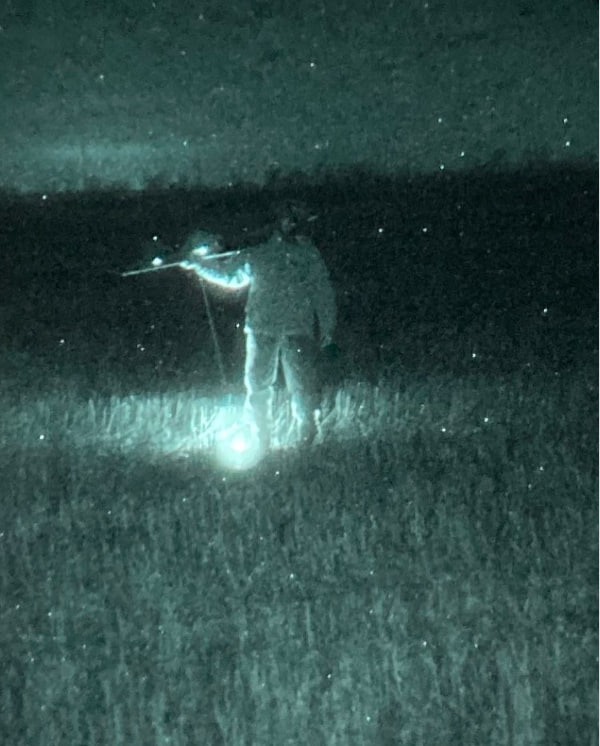
11. What would you like to convey to the international community reading this interview?
Do not perceive this war as a war of Russia against Ukraine but as a war of Russia against the whole world.
12. What future do you see for Ukraine?
Ukraine will no longer be as it was. There will be a specific division in society. I do not know what this will lead to. Everything is changing; people value their personal lives and are becoming more impatient and decisive. But all these changes have occurred only over two years. And for some, the war has been changing them for much longer. I am interested in modern Ukraine, and I believe in its future. The main thing is that everyone has enough strength.
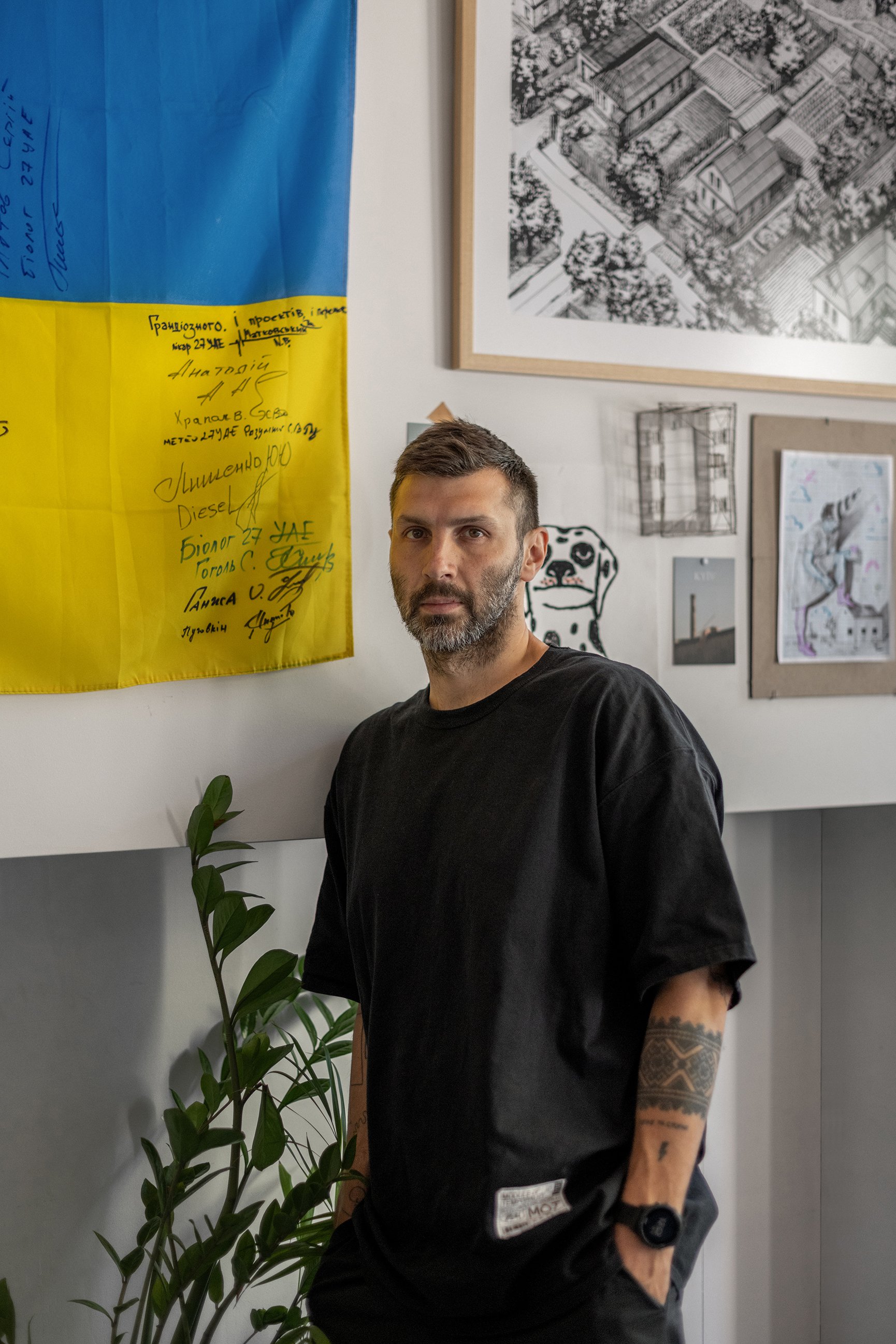
The world needs to do more to step up and defend Ukraine's democratic right to determine its own future.
DONATE NOW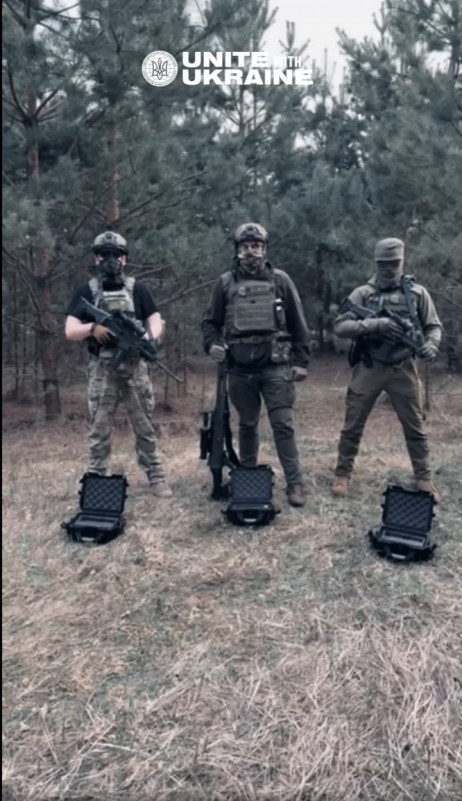
Thermal imaging scopes to a specialized unit!
on Apr 19, 2024
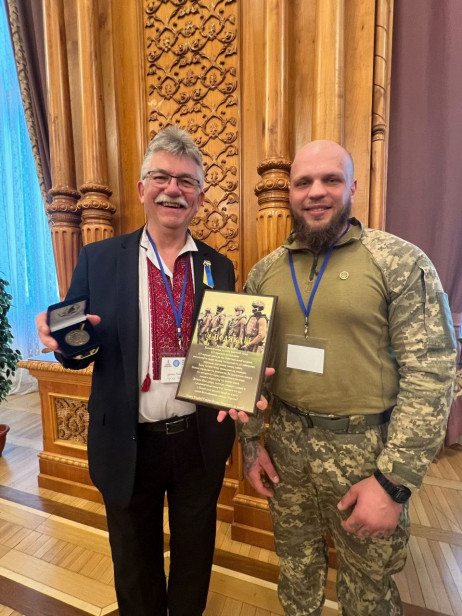
Great example of the support Ukrainians and friends of Ukraine worldwide
on Apr 18, 2024
Spread the word on social media. The world can only unite when people are rallied to the urgency of Ukraine's situation.
SHARE SITE